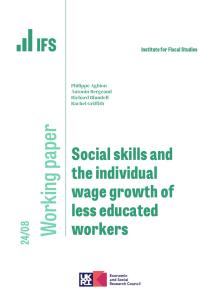To understand and design student loan systems, realistic earnings and/or income projections for current and future graduates are crucial. In this paper, Current Population Survey (CPS) data from the US is used to demonstrate empirical approaches that can be exploited to simulate lifetime income and earnings profiles for graduates which are needed to understand and design effective and sustainable student loan systems. The crucial element in getting this analysis correct is having reliable simulations of the whole distribution of future graduate earnings and income. Typically, in this literature, the repayment burdens (RBs) of student loans are calculated at different quantiles of the graduate income or earnings distribution. Often, unconditional quantile regression (UQR) is used to calculate age–earnings profiles for different quantiles of the income or earnings distribution. The paper shows that this approach has limitations when evaluating student loans and that simple raw quantile estimation by age with some age smoothing is preferable. This approach can also be used when income is censored and recorded in income bands as occurs with relevant data in some countries. The paper shows a simple way of incorporating dynamics utilizing these age–earnings profiles by quantile even when only very short panel data is available. This involves using copula functions. Having reliable dynamic estimates turns out to be important in assessing not only the taxpayer costs of designing an income-contingent loan (ICL) but also for correctly assessing the extent of loan repayment hardship for individuals.









